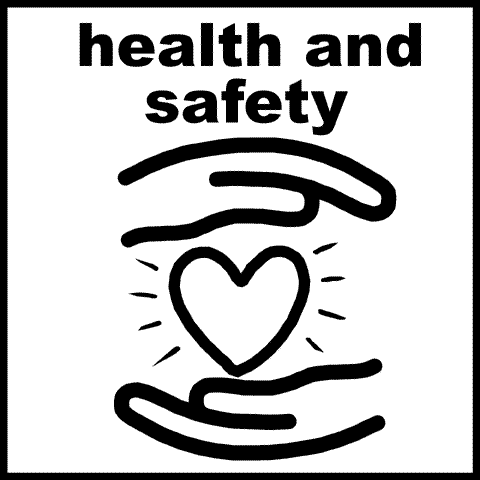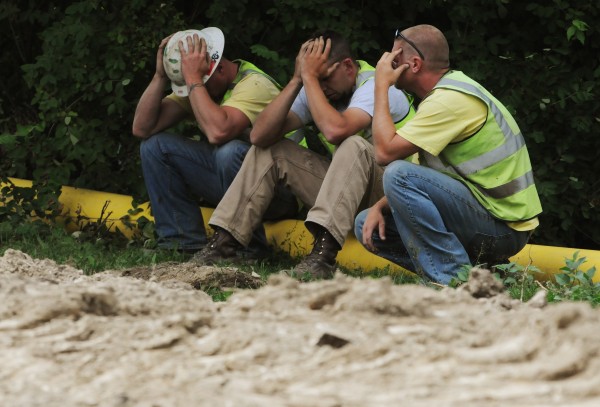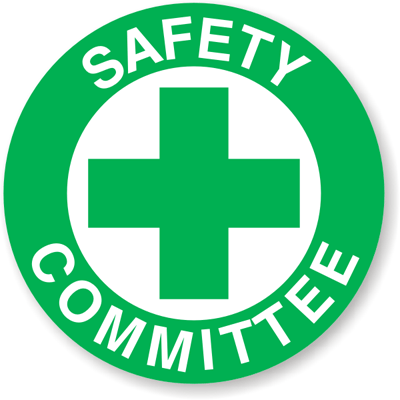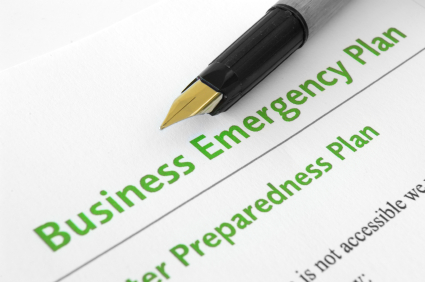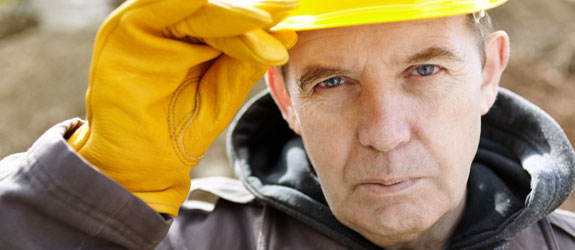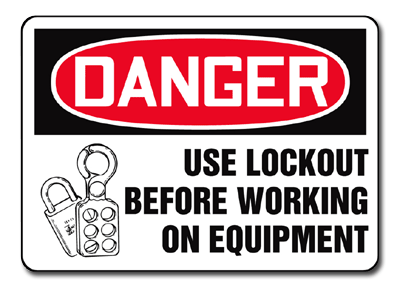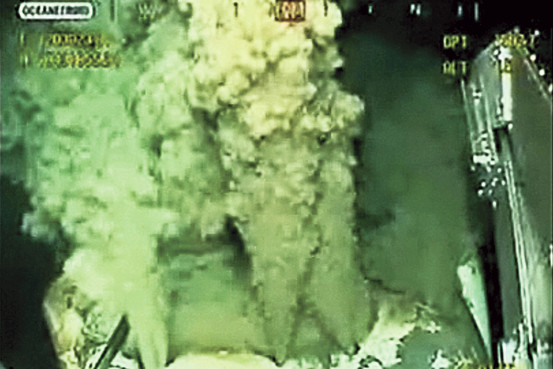 What exactly is a negative pressure test?
What exactly is a negative pressure test?
If you’ve followed the coverage of the investigation into the causes of the BP Deepwater Horizon (DH) explosion that killed 11 workers, you’ve probably received a good introduction into Well Drilling 101. Terms like “annulator,” “centralizers,” “drilling mud” and “blowout preventer” have become familiar if not completely understood; the specific purpose of each component may be hard to grasp without working in the industry. One such term that has been prominently featured in the coverage is a “negative pressure test.” Out of all of the questionable practices carried out by the companies involved in the DH disaster, the negative pressure test on April 20 may be the most critical one. According to Oil Gas Glossary.com, a negative pressure test is:
“A method of determining the amount of pressure that is allowed to appear on the casing pressure gauge as a kick is circulated out of a well. in general, it is determined by slowly pumping mud into the well while it is shut in and observing the pressure at which the formation begins to take mud.”
The negative pressure test showed there was a problem yet is was ignored by two workers with years of experience. That was a critical error that largely contributed to this tragedy.

